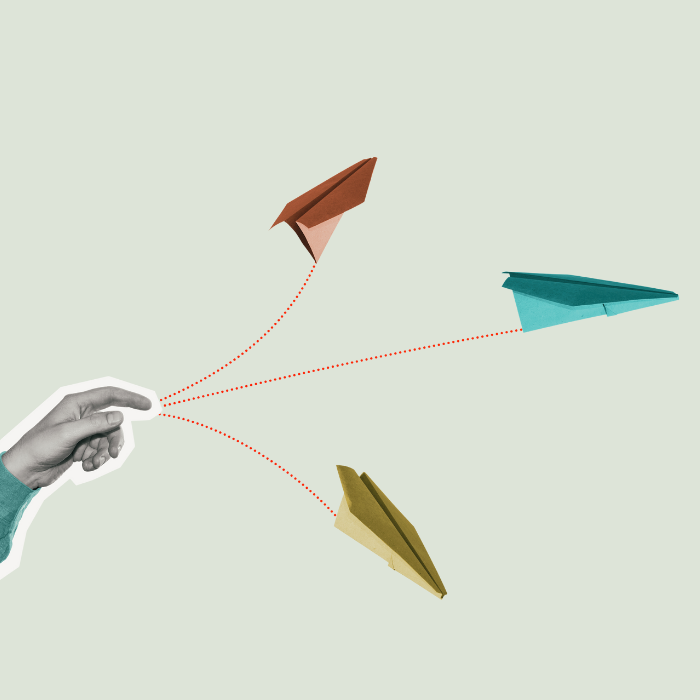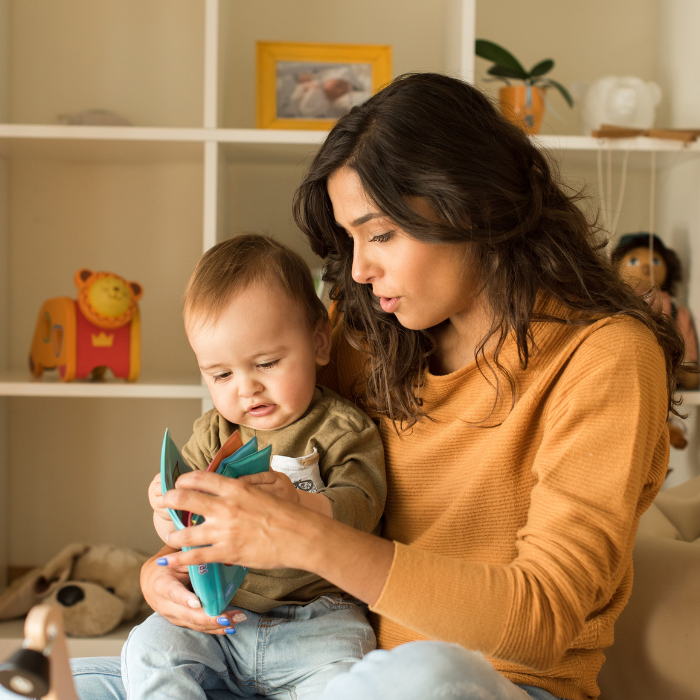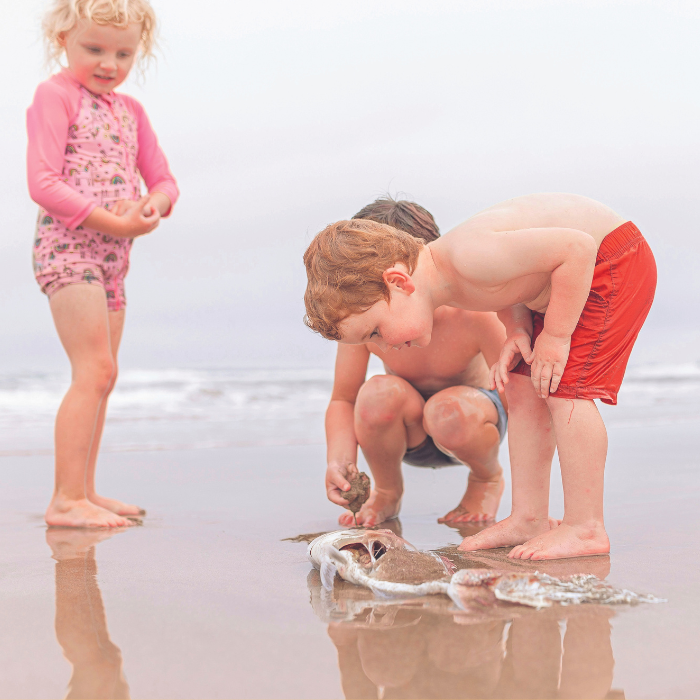
Geometry, classification, weight, volume, subtraction, shapes, number recognition … even the supermarket can be a place of learning for your budding mathematician.
Bombarded with statistics about our kids’ declining maths achievement, you could be forgiven for rushing to the closest educational toy store for a selection of puzzles and number games, or heading to the library for your own copy of ‘Maths for Dummies’. But maths is much closer to home. In fact, it’s everywhere, and the opportunity to introduce it to your kids in everyday ways is a load of fun!
taking maths on the road
There isn’t a child on the planet who doesn’t like to be in control of their parent from time to time, which is why, when you’re out driving, your little ones will delight in controlling your speed. Point out to them different speed limit signs, and before you know it you’ll have a little voice piping up from the back seat with “Slow down, Mum, go 50!”. Enjoy it. Not only is your junior co-driver saving you from a speeding ticket, they’re letting you know loud and clear that ‘maths is in operation’.
shopping around for maths
Keep the number recognition going as you hit the supermarket aisles, and the kids will be having so much fun that pestering you for treats will be the last thing on their minds. A quick lesson on where to spot the aisle numbers, followed by an “I’m looking for aisle 9” from you, will have little eyes searching everywhere to be the first to spot the numeral. Next, give your little helpers directions on where to find various items (“take two steps forward and look two shelves up and you’ll see the rolled oats,”) and you’ll be ticking all the boxes for introducing the mathematical concepts of ‘position’.
Encourage counting skills by helping children count grocery items as they place them in the trolley. Step it up a notch with older or more able children by helping them count in twos. Deliberately ask for more of one item than you need so you can return something to the shelf and set up the opportunity for simple subtraction. (“Oh, we have four loaves of bread but we only need three. Let’s put one back How many have we got now?”)
Encourage ‘sorting and classifying’ by letting your children take a tactile approach to groceries (word of warning: unless you want to wrestle with disapproving looks from management, stick to items you’re actually going to purchase!). Let your kids shake, prod, and poke items as you casually ask “Is this one a liquid or a solid, a powder or a gel?”
Probability (guessing the likelihood of something) and statistics (collecting information and using it to help you) really come into their own in the supermarket. After all, as family members’ tastes change in regards what food they’re currently enjoying, how much of which product to buy each week can be anyone’s guess! Have fun with your junior shoppers by posing questions such as, “Who’s enjoying peanut butter for breakfast at the moment?” Once you have your answers, encourage your child to estimate (guess) how much spread you’re likely to go through in a week.
shaping-up
Geometry is just waiting to be discovered in the shopping aisles. Gleaming containers of every colour, size, and shape dot the shelves. With a little encouragement, your child’s wonder can be focused on grocery items in a new way. “Can you see any rectangles on the shelves today?” you ask, as you reach for a packet of cornflour, a block of butter, a box of crackers. “I’m looking for something crispy, red, and round,” you announce, as you scan the fresh produce shelves for apples. As children become more familiar with shape, forget the fact that other shoppers may think you’ve lost your marbles, and ask the kids to pop into the trolley “five cylinders (cans) of chopped tomatoes, an oblong of cheese, and a bunch of orange cones (carrots).” If you’re introducing tubes, head for the lunch wrap section or buy a roll of tin foil.
weighing it all up
You don’t need to take your baking scales to the supermarket to have a meaningful relationship with weight and volume. Park your trolley where it won’t get in anyone’s way and spend a minute or two with your child crouching beside the icing-sugar/cocoa/sugar shelves. Say: “We want the heaviest bag of icing sugar, but which one is that?” If your child guesses according to what looks like the biggest, they’re succeeding with the concept of ‘volume’. To help them check whether their guess is correct, or to encourage them to arrive at the answer a different way, let them hold two different sized bags at the same time, one in each hand, and think about which is the heaviest.
check it out!
Supermarket checkouts are made for maths (especially if you don’t shop during rush-hour). As you approach, involve your children in a little estimation. Ask: “Have we got too much in our trolley for the 12-or-less items checkout? If we have less than 20 items, we can go through the self checkout.” Encourage the children to estimate how many items are in the trolley, then do a quick count to check.
Unpacking the groceries at home is much less of a chore if you sort them while unloading them onto the checkout conveyor belt. Get the children to help you: frozen items and items to be frozen go in one pile, fridge-storage items in another. Pantry products go here, cleaning products go there. Yes – they’re ‘sorting and classifying’ all over again!
on the road again
As you strap the kids into their car seats and heave the groceries into the boot, congratulate yourself that you’re the best maths teacher in town. And remember, drive safely. Your little back-seat mathematicians have just discovered a whole new world of numbers – and that includes the ones on road signs and your speedometer!
[byline]
By Diana Noonan
[/byline]








